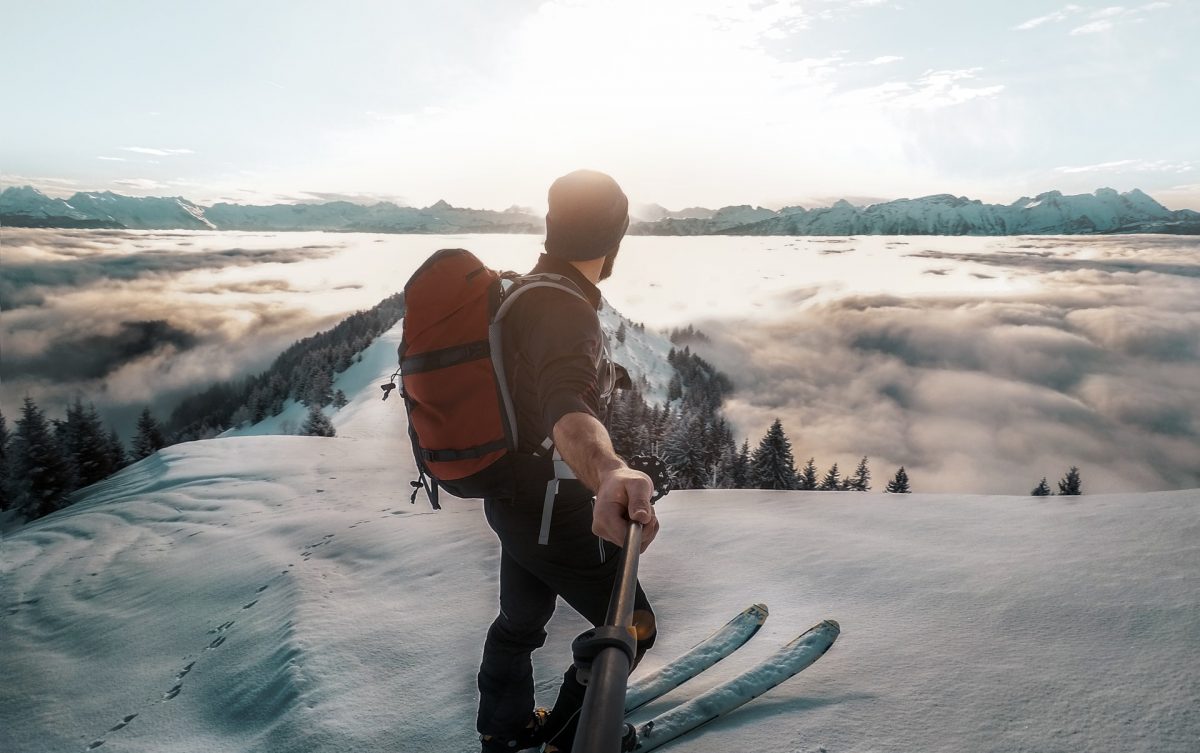How much weight to carry in the trekking rucksack

A fact that every rambler should know is that how much weight the trekking backpack should carry, This information will help you to organise your backpack in order to avoid the discomfort and inconvenience that can be caused by walking with excess weight on your back.
(If you're wondering how much weight to carry, maybe you need to lighten that backpack. If so, the following video will help you a lot).
What is the recommended weight of the trekking backpack?
For know the weight that can be carried in the rucksack the following parameters must be considered at all times:
- In case the route is for several days, the weight of the backpack should not exceed 20 % of your body weight, i.e. if you weigh 70 kilograms, the weight of your backpack should be a maximum of 14.
- If the route will be done in one day, the backpack should weigh less than 10 % of your body weight, i.e. if you weigh 70 kilograms, your backpack should weigh no more than 7.
Controlling these percentages according to your body weight will help you to keeping a weight in your trekking backpack that is easy to use.
Obviously, this does not work for everyone, for example, there are people who are very thin and are forced to carry more than 20 % of their weight, as it is not easy to get them to carry the basics in their backpack.
Factors to consider when preparing a trekking backpack
When you go to prepare your trekking backpack you have to consider three factors that are very important and they are as follows:
Duration of the trek
Depending on the number of days you plan to trek, you will need to carry more or fewer items, e.g. more food or water. Another important point is to know whether you will be able to buy supplies during the trek, whether you have to pass through villages or huts.
Therefore, if you are trekking for several days, it is necessary to be very organised in order to be able to keeping the weight of the rucksack down within 20% of your body weight, so you must plan your route very well.
Time of year and weather
If you are trekking in the winter season and the temperatures are extremely cold, you will need to be warmer, so you will need to take appropriate clothing which is generally heavier. If you are trekking in summer and the weather is fine, you will need lighter clothing.
Personal preferences and interests
When organising your trek, one of the things you should consider is your preferences, for example, if you like to sleep more comfortably, you should take a thicker mattress, which is likely to be heavier than a thinner, lighter one.
There are also people who, in order to lighten the load, only take one set of clothes for walking and another for when they finish the day's work, washing the clothes once they are in the place where they are going to sleep.
Finally, it is important to remember that your backpack will be carried by you, so you need to pack into it, only what is strictly necessary, as any unnecessary weight will be carried on your back.
How is the weight distributed in the trekking backpack?
An additional important factor is knowing how to properly distribute the weight in the trekking backpack. To do so, you should follow these recommendations:
- In the bottom of the backpack you should place large, soft items that you will use for sleeping, such as a sleeping bag, pillow or windbreaker.
- In the middle part, large and firm items that are required in specific cases, such as food or cooking items and containers, have to be carried.
- In the upper area are items that you may need frequently or in an emergency, such as a map, your GPS, waterproofs, toilet paper or water.
- It is recommended that you avoid carrying any items hanging from your rucksack, as an object hanging from your rucksack could cause discomfort, make noise, or get caught on tree branches. However, items such as trekking poles, tent poles, ropes or folding stools should be secured on the outside.
Recommendations for organising a trekking rucksack
The following recommendations will be very useful when you are going to organising the trekking backpack:
- Buy a scale. This way you will be able to weigh every item you will take with you on the trip and know the weight of your backpack before you start trekking.
- Waterproofing your objects. If you can, find a trekking backpack that is waterproof or get waterproof bags to protect your gear inside your backpack. Zip-lock bags are a simple and quick way to keep some items dry.
- Find a backpack that fits you. Make sure your backpack fits your body perfectly. This way, you will achieve a better weight distribution and you will be more comfortable when the backpack is fully loaded.
Don't miss any adventure in the Pyrenees!
